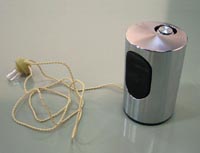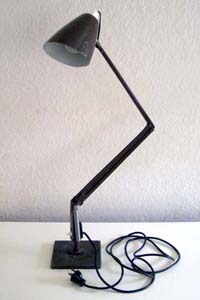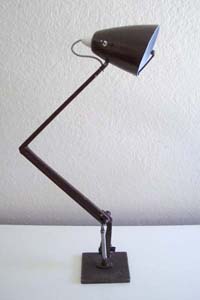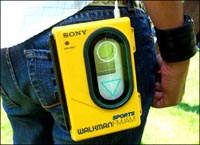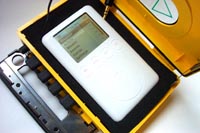African heart-nosed bats can hear the footsteps of a beetle walking on sand from a distance of more than six feet. – [Amazing Bat Trivia]
That’s really got nothing to do with echolocation (the sonar system used by bats) or the device I’m about to describe, but it’s a pretty stunning piece of trivia.
Bat’s are fascinating creatures and here in Melbourne they are a common sight. At dusk streams of grey-headed flying foxes leave their camp in the Royal Botanical Gardens to plunder fruit and nectar from suburban flowering gums. The number of urban bats have swelled in recent years, giving the impression that the grey-headed flying fox is thriving, but in reality Australia’s bat population has decreased by 30% over the past decade. The increase in urban bat colonies is the result of ongoing destruction to the bats native feeding grounds. The Melbourne Royal Botanical Gardens is now the only breeding colony of grey-headed flying foxes in the state of Victoria. In 2001 the Royal Botanical Gardens started shooting these animals in an insane attempt to curb the local bat population. Thanks to public outcry and a dedicated group of protesters this practice was stopped. The grey-headed flying fox has since been classified as a vulnerable species by the Australian government.
I was once passed by a grey-headed flying fox while travelling down a deserted Punt Road at 2 am. The bat had a wingspan of about a metre, it was a mesmerising and beautiful experience. Yes, I’m quite a fan of this fellow mammal, however I’m not so obsessed that I go out at night with the specific intent of tracking them down; or at least I wasn’t until I discovered there was such a thing as a bat detector.
A bat detector is an instrument that will detect the presence of bats by tuning into the echolocation ultrasounds they produce. There are a variety of commercial bat detectors available but what excited me were the numerous internet sites with home-built detector circuits. I stumbled across these sites while trying to decide what to do with a 1968 Braun Cylindric T2 cigarette lighter. What resulted was the Cylindric Ultrasonic Bat Detector.
